Interior Design Ideas to Benefit your Autistic Child
3 Mar 2018
You may remember seeing the tour that we featured of Rachel Edmonds deliciously dark and moody family home? Well, Rachel touched at the end of her interview on how she had designed her home to benefit her autistic sons, so we asked her to do a guest post for us to expand on the subject. Rachel will not only share her interior design ideas to benefit your autistic child, but also explain how this is relevant to you, even if you don’t have a family member with the condition.
Were you aware that we have seven senses? Most of us are familiar with the standard five, touch, hearing, sight, smell and taste. The two lesser known senses are movement (the Vestibular System) and body awareness (the proprioceptive system). Well, what’s this got to do with interiors I hear you ask. I have three sons, two of whom are autistic and my main aim when designing our home is to make it a comfortable safe environment for us all. Autism is a sensory disorder that affects the way the brain processes sensory input, which in turn causes those affected to suffer severe anxiety. Designing your interiors to suit the sensory needs of your child not only reduces anxiety but can improve communication too. You might be asking yourself why am I telling you this, what’s this got to do with me and my home. The thing is that we all get anxious at times and creating a home that relaxes us can only be a good thing whether we are on the spectrum or not.
So, I’m going to share some tips and inspiration from myself and some fellow autism mums, to help you come up with some interior design ideas to benefit your autistic child.
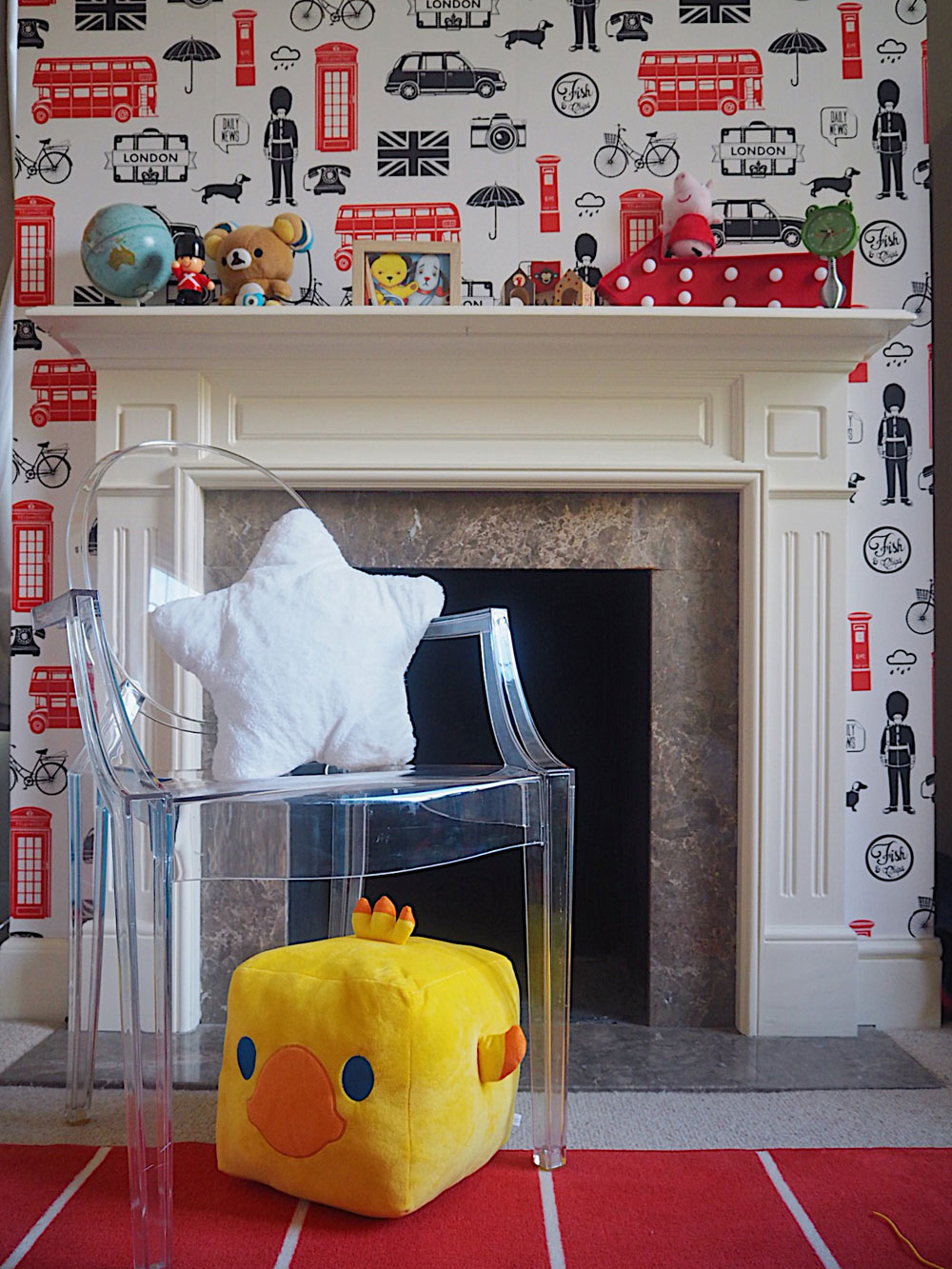 Photo by: @melanielissackinteriors
Photo by: @melanielissackinteriors
Interior design blogger, Melanie Lissack’s home is full of colour, pattern and texture, she told us, ‘’My son Jaxon has a form of autism which means he is under sensitive. One thing that I have learnt is that autism comes in all many different forms! The challenges he faces is that he has no concept of being hot or cold, or being wet to dry. To really feel things he needs stimulation like deep massage, big firm cuddles and he loves to be wrapped in blankets or drowned in cushions! I have therefore filled his bedroom with soft spongy items. This star cushion lights up in the dark providing that extra layer of sensory stimulation. While this square duck cushion (a gift from Japan) is a fun cushion to have in a bedroom of a small child!’’
 Photo by: The_arched_windows
Photo by: The_arched_windows
Interior instagrammer, Sharon’s home is wonderfully dark and tonal with lots of natural wood and greenery. Her front room she says, ‘’Mostly gets used by my autistic daughter. She uses it for time out and as she hates too many cushions they don’t feature too much in this room but she loves the dark and has used the room way more since I moved to the dark side. I think it makes her feel enveloped and secure.’’
Autism is classified as a triad of impairments affecting social communication, social interaction and social imagination. As a result people on the spectrum tend to suffer from anxiety. I’m no doctor; just a mum who cares about her children but here’s my theory on why. We all have a sound we don’t like (nails down a blackboard) or something that makes us squirm or judder when we touch it (for me its cotton wool). I am what would be termed as hypersensitive to these things. At the other end of the spectrum you find things that make us tired, we go to sleep or zone out and this is hypo sensitivity. We all have our own little idiosyncrasies but what if your day was spent being bombarded with so much sensory information that you can’t cope? Or not enough so that your senses are dulled? When one of my sons has a meltdown I know that it’s a case of the straw that broke the camel’s back. They have taken on more stimulus than they can cope with and boom, it has to be released. On the flip side they can just disappear into their own little world when they are under stimulated.
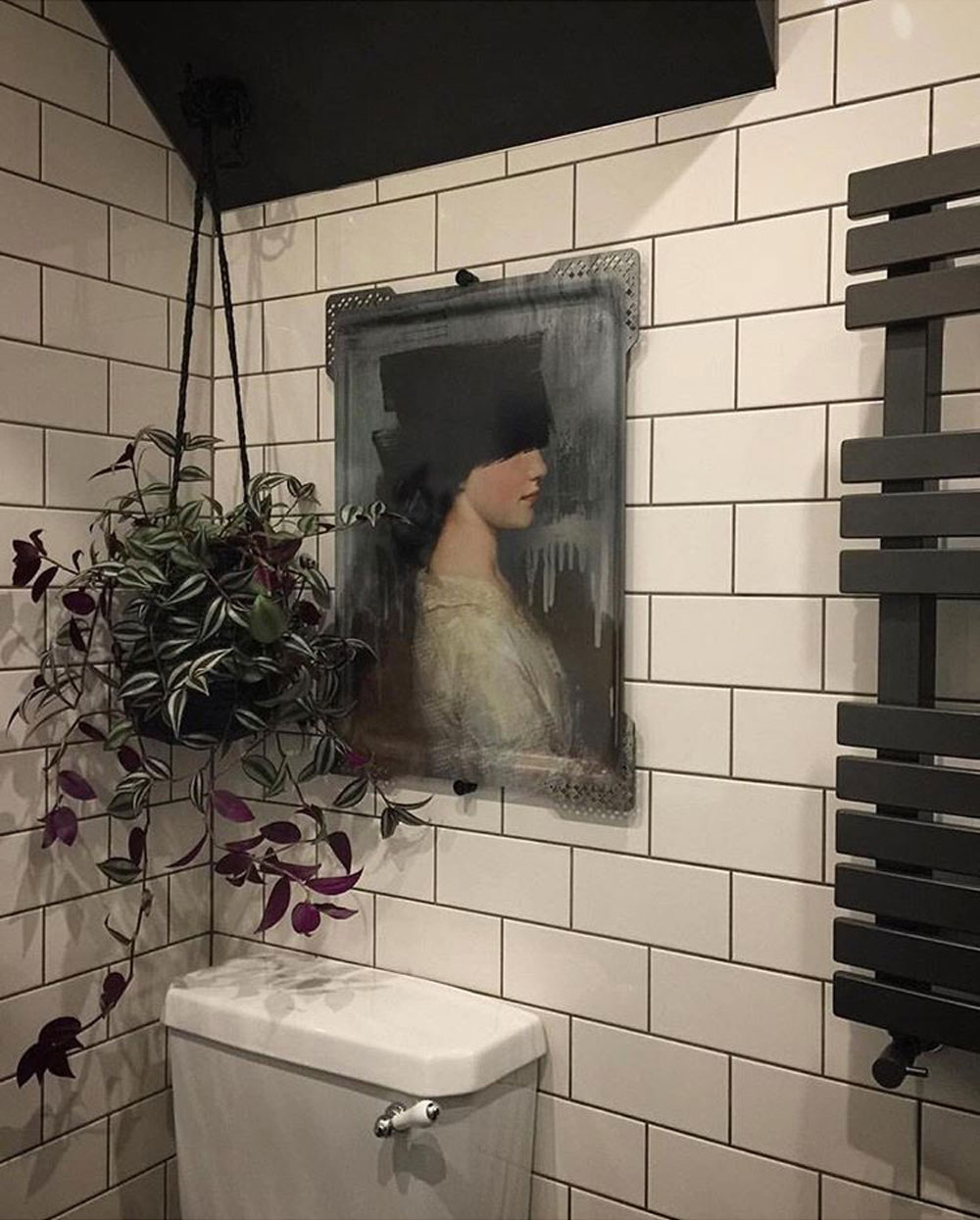 Photo by: @artynads
Photo by: @artynads
Nadia Alessandra is an interior stylist and influencer and her home is a wonderful melting pot of dark inky colours with flashes of gold and stunning artwork, she says, ‘’When buying a house our first priority is always Isaac. And with Isaac comes autism. Isaac’s autism means he doesn’t sleep well and he wakes in the night and can be quite vocal and so when we viewed our home we saw that the forth bedroom was an extension built in the 1970’s and so was at the end of the house and further away from the other rooms. We instantly knew this would be a plus for us as we might have a chance of not being woken in the night by Isaacs noise. Another thing that was handy for us was the addition of a downstairs toilet and shower room. This instantly made life easier for Isaac with no stairs to tackle during the day.’’
So, I got to thinking, if I could help balance up the hyper and hypo sensitivities then my boys could begin to plateau out somewhere in the middle. I knew I couldn’t protect them from the outside world. When you’re out and about you’re not only influenced by your environment but the people in it too but here, at home, perhaps I could make small changes to reduce the anxiety levels. If we think of our interiors from a sensory perspective it can only be a good thing for all of us. We can balance out the crappy day and see our anxieties melt away.
 Photo by: @melanielissackinteriors
Photo by: @melanielissackinteriors
Lighting is so important to sooth or stimulate, Melanie mentions, ‘’This disco light bulb transfixes Jaxon in the evening with its primary colours that turn around the room. To be honest I don’t think your child needs to be autistic to enjoy a disco light bulb – I enjoy it myself! It is a simple screw bulb that fits into any standard light fitting.’’
So, we know that sensory input can become overwhelming but how do we use our homes to level us out? Grab a pen and paper and I’ll take you through the first step of my design process. Before I even think of a colour for a room, a style or create a mood board I go through the following checklist. As you read through please jot a few things down that come to mind for you personally, I’d love to hear if this works for you too. It’s important to list both loves and hates.
1. Sound – Is the room I’m creating for someone who loves music? If so, what sort? Do they prefer silence? What sounds do they like? Are there some that they hate?
2. Touch – Does the person/child like soft silky fabrics, plush heavy fabrics, crisp cottons or coarse textures? We can normally get this information just by looking at the clothes that we feel most comfortable in. Or the handshake that we give? Do you offer a firm handshake or a light touch?
3. Sight – Do you feel most relaxed around vibrant colours? Neutrals? Light or Dark? What colours do you love? Again, your wardrobe will help out here. What colours make you want to scream?
4. Smell – Now this is the most powerful of the senses with the ability to trigger distant memories both happy and sad. It can make or break an interior. What are your favourite fragrances, which aromas transport you to happy memories?
5. Proprioceptive and Vestibular – Is the person clumsy, do they need lots of space? Or do they like to feel more comfortable when surrounded by things? Do they prefer sitting or lying down?
 Photo by: The_arched_windows
Photo by: The_arched_windows
This is Lucie’s bedroom, and Sharon tells us, ‘’You have to get all your styling features in the essentials as she hates clutter in her room, so a statement duvet and a feature wall that isn’t too fussy. She strips her room every night of sheets duvet etc, so keeping it simple but stylish is essential.’’
The idea is to take the elements that you love or you know your child will like and that will provide the stimulus or relaxation that they need; the colours, textures and smells. From there you can create a mood board for a perfectly balanced interior. Combining elements from your list will transform a room into a place that you feel totally at home in. Not only will it feel like you, it will help to reduce anxiety levels too.
 Photo by: @artynads
Photo by: @artynads
Nadia tells us, ‘’We’re currently looking at kitchens and without knowing it we found ourselves with the kitchen designer saying to each other ‘all drawers would be good rather than cupboards’ this is to help Isaac. One of Isaacs jobs when he comes in from college and part of his strict routine is to empty the dishwasher. Just the small act of putting the pots and pans away can become a struggle with a person with less flexibility. As much as we don’t define ourselves with the label autism we can’t deny it impacts every part of our lives, in our love of interiors. Yet, that doesn’t stop us from having a beautiful home.’’
I hope you’ve found some of the tips and ideas here useful? Did anything strike a chord with you? Hopefully you can see that even with some minor adjustments, specifically tailored to your child, the way you design your home really can be of benefit.
Rachel x
View my dark and moody house tour. Find me on Instagram @raspberry_flavoured_windows
25 replies to “Interior Design Ideas to Benefit your Autistic Child”
Leave a comment
Your comments make us happy!


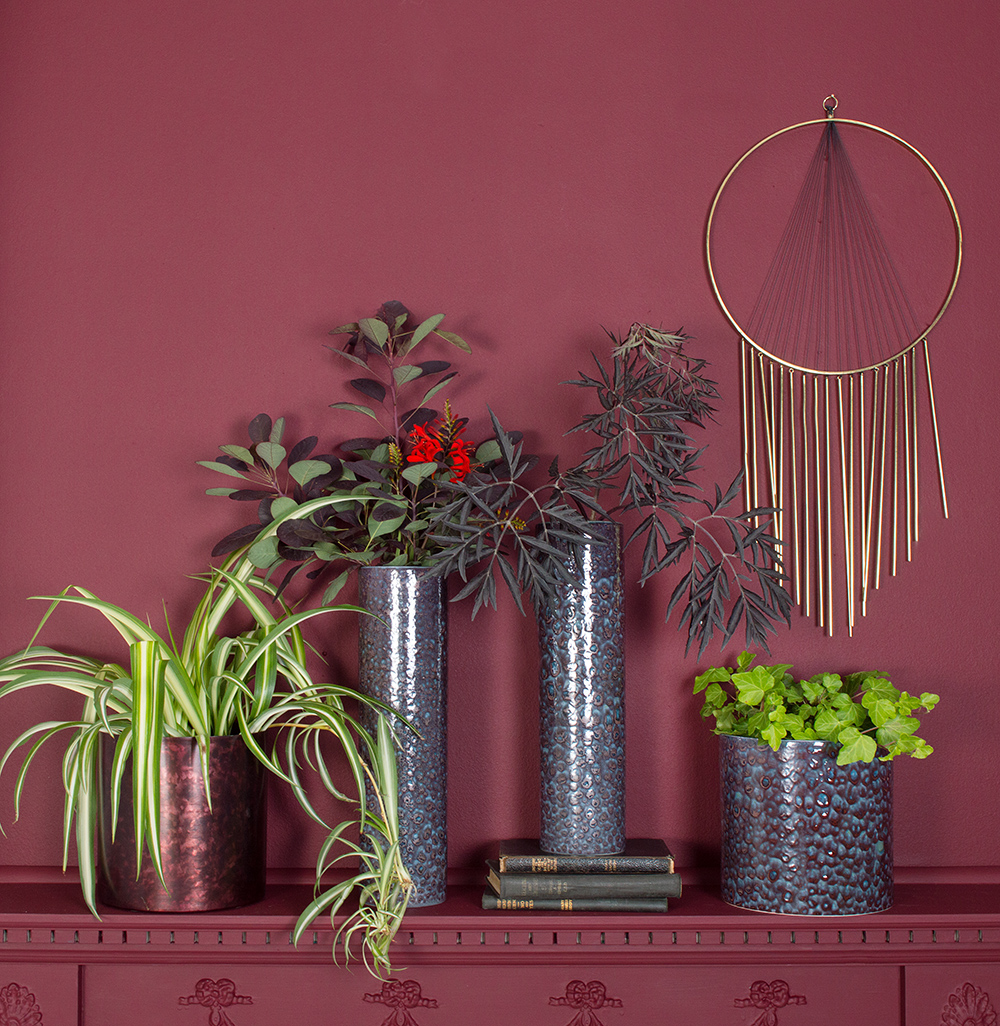
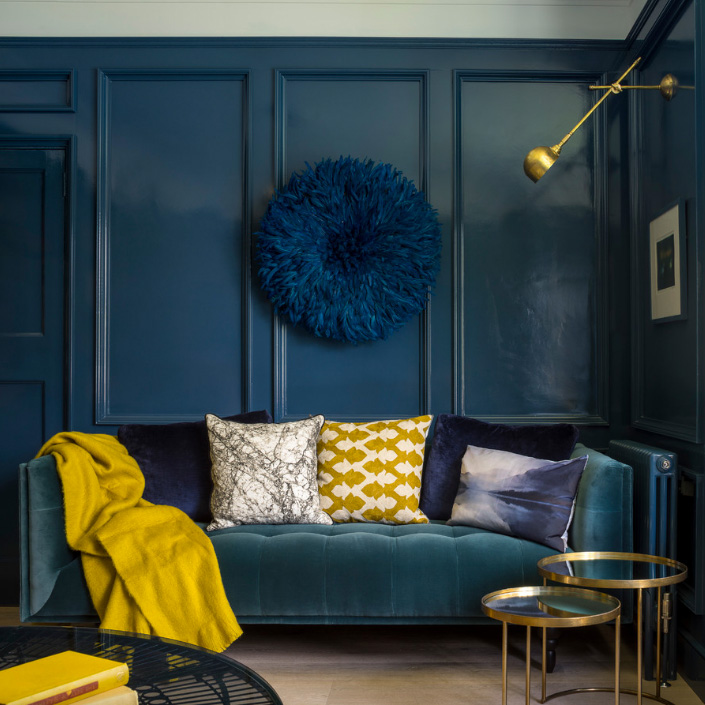
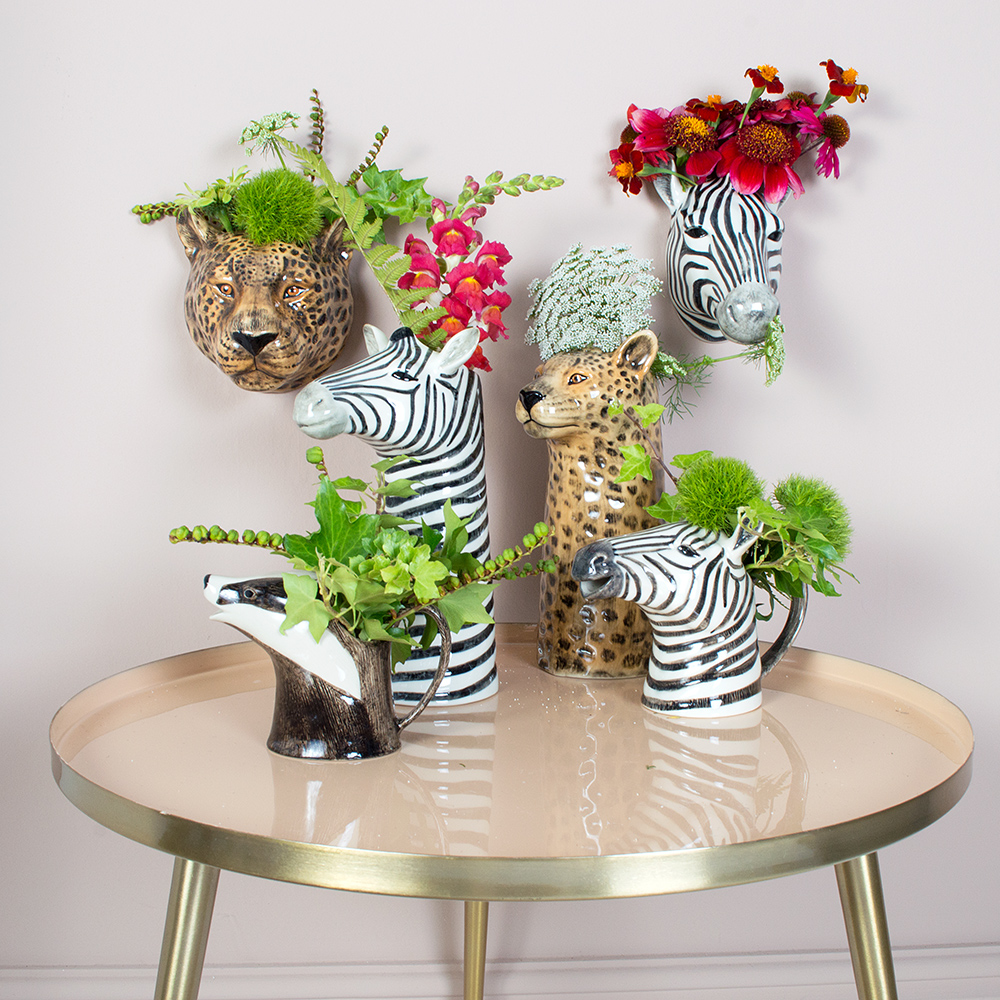



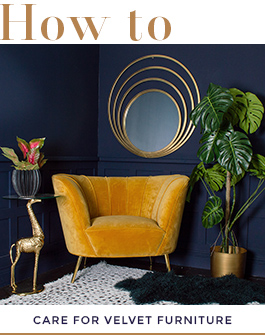
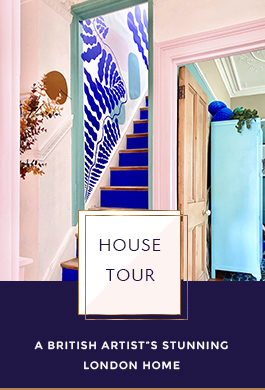


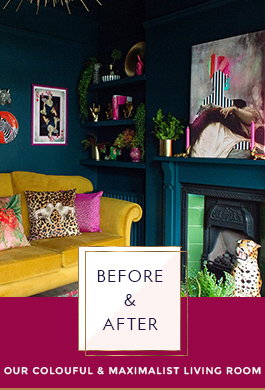
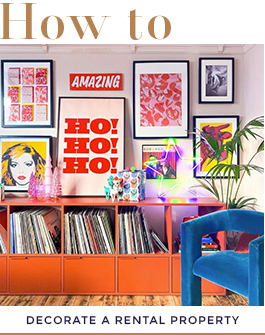

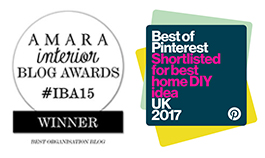
Wow, this is really interesting and good tips to keep in mind for everyone in our modern overly-stimulated world.
Thank-you for your comment, Tamsin! We certainly think so too.
What an interesting article. So many things I’ve never considered before. I think I’ll definitely approach things differently when we redo the girls bedroom next time. They aren’t autistic but like you say these things apply to everyone to a greater or lesser extent.
We’re glad you like the post Stacey, it definitely makes you think differently like you say.
I can’t tell you enough how good it was to read about this. My nephew and niece are both on the spectrum and it’s just not talked about enough. Lots of articles out on the internet about adaptable homes but so few dedicated to children and in particular those with autism spectrum disorders. Thank you for highlighting this important issue.
Thank-you so much for your comment, Mary. We’re delighted to hear that you enjoyed the post!
Ultimately all homes should be designed to meet the needs of those who live in them and this is a really interesting post highlighting considerations to meet different sensitivities of children with autism.
We’re glad you think so Fiona, thank-you for your comment!
Fantastic article. I have a 12 year old son who has Tourette’s Syndrome, ADHD and as been diagnosed with an anxious & rigid temperament. He gets easily frustrated & struggles to cope with many of the things we take for granted. He is also super sensitive to certain materials & tone of voice. Whilst I am constantly researching treatments, coping methods, alternative therapies and anything that might help make his life easier, I have never even considered that my design choices could be affecting him!
I obsess every day over interiors & wanting our home to be tidy & beautiful but this is undoubtedly adding to his anxieties. I am going to speak to him tomorrow and find out his answers to the questions you have asked & try and incorporate these into our home. A more relaxed & calm atmosphere can never be a bad thing for any of us! Thank you so much for sharing. X
Thank-you so much! We hope this is helpful for your son Kelly, as you say, a more relaxed and calm atmosphere can never be a bad thing x
A lovely article, shows there are so many things to consider and it’s personal to each individual. I’ve been drafting something similar recently for my blog but I’ll not publish for now as you’ve done a better job than me
There certainly is lots to consider like you say Vicki. You should definitely publish your piece! x
This was such an interesting post to read. Very insightful
Glad you thought so Natalie, thank-you!
Amazing read and I’m sure will benefit so many families. Am sharing with some people who this could help. Thanks for all the insightful thoughts and ideas!
Thank-you for your comment Donna and thanks so much for sharing!
What a fascinating read! I absolutely love all these ideas. And definitely useful for everyone – our senses affect us all hugely so designing around them in the home makes perfect sense…! Enlightening. x
Delighted to hear that you find all these ideas useful! x
Hello Rachel and Audenza ladies! What a beautiful and informative post this was. Full of great tips that are easy to follow and points to consider. Another tip I will throw into the mix is a “quiet space” “or “safe space” even within the room, where children can go when they have a meltdown… Our previous primary school had a little tent/ in a corner and the child could go in to calm down, relax, almost like a little teepee. Thank you for sharing this post!
Thank-you for your lovely comment and for sharing your tip Jenny, that does sound like a great idea!
This is such a beautifully written post. And although we don’t have anyone with this condition in our house, it feels like the post is written for everyone to take something from it. The way we design and style our homes has a massive impact on our quality of life and wellbeing. Feeling good in our homes is something we all want and need, therefore we should all follow those rules
Thank-you for your lovely comment! We’re glad you enjoyed it!
I so thoroughly enjoyed writing the piece for you but was worried as although I’m a mother of autistic children I’m not an expert on either design or autism. Reading all the truly wonderful comments has made my day. Thank you so much for featuring me on your utterly fabulous and fearless blog.
It’s a fantastic piece Rachel, thank-you once again for featuring! x
I enjoyed reading this post. I have been designing my home with my 3 year old autistic son in mind. However, it is not correct that ‘We are all on the spectrum’ I have read many times that this offends the autistic community. Most people can relate to particular traits but neurodivergent brains are different.